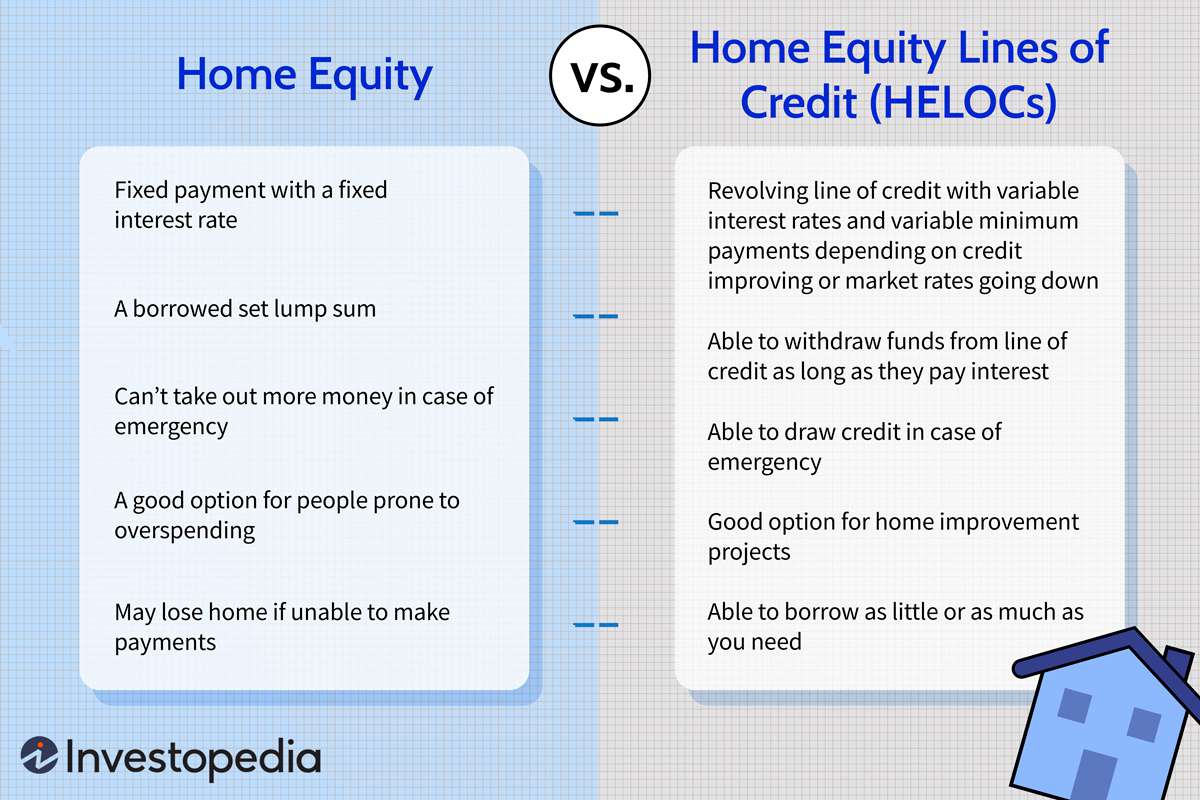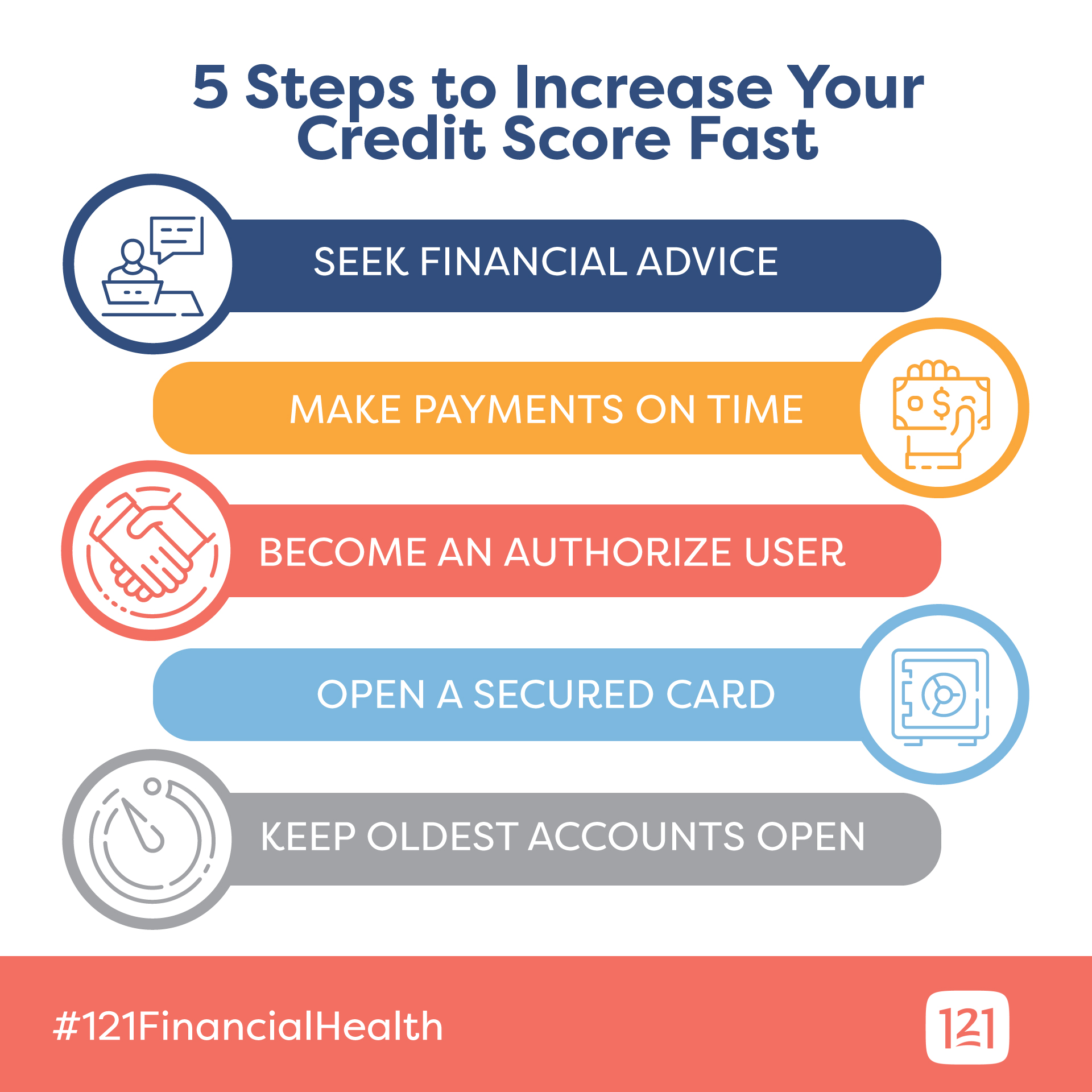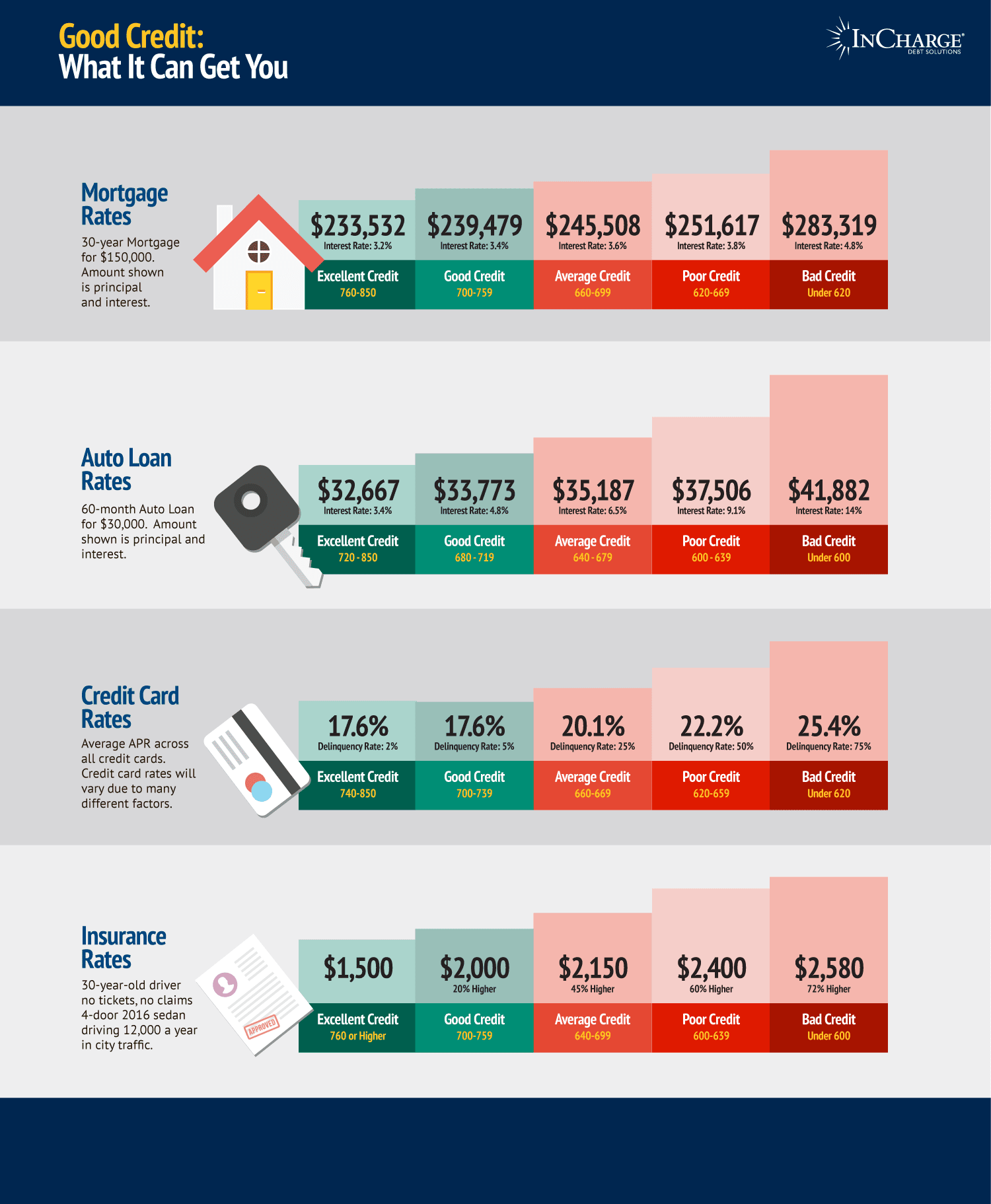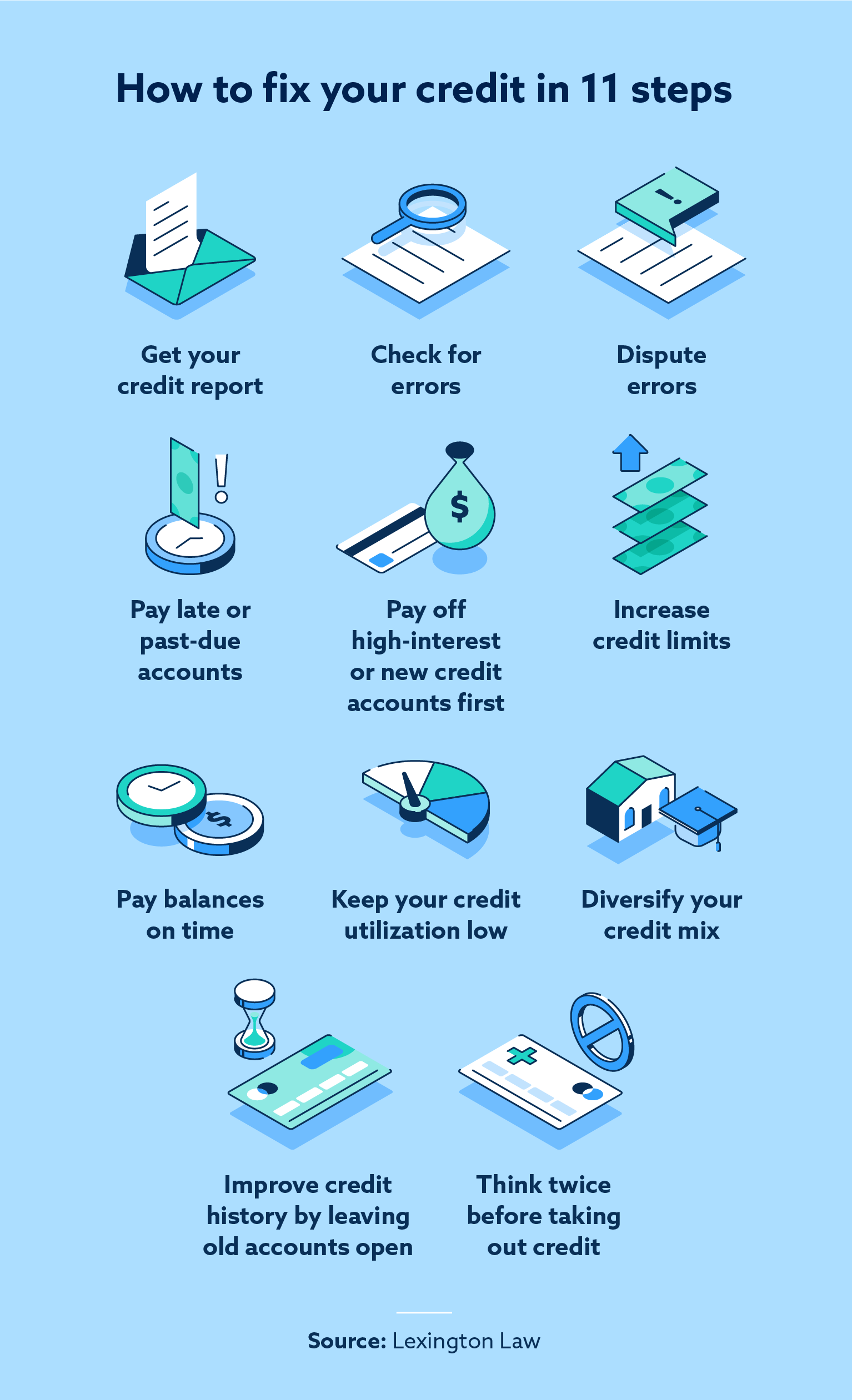How To Improve Credit Score After Bankruptcies?
Are you looking for ways to improve your credit score after bankruptcies? Don’t worry, you’re not alone. Many people have faced financial hardships and had to file for bankruptcy at some point in their lives. But the good news is that it’s possible to rebuild your credit and improve your financial standing.
In this article, we will explore some effective strategies to help you bounce back from bankruptcy and boost your credit score. Whether you’re starting from scratch or have already made some progress, these tips will set you on the right path to financial recovery. So, let’s dive in and discover how you can turn your credit score around after bankruptcy!
Before we begin, it’s important to note that rebuilding your credit takes time and patience. It won’t happen overnight, but with consistent effort and smart financial choices, you can make significant improvements. So, if you’re ready to embark on this credit-rebuilding journey, let’s get started on the road to financial stability!
How to Improve Credit Score After Bankruptcies:
- Assess your credit report: Obtain a copy of your credit report and review it for any errors or discrepancies.
- Pay bills on time: Consistently paying your bills on time demonstrates responsible financial behavior.
- Reduce debt: Gradually pay off existing debts to lower your credit utilization ratio.
- Rebuild credit: Apply for a secured credit card or become an authorized user on someone else’s account to establish positive credit history.
- Monitor your credit: Regularly check your credit score and report to track improvements and address any issues.
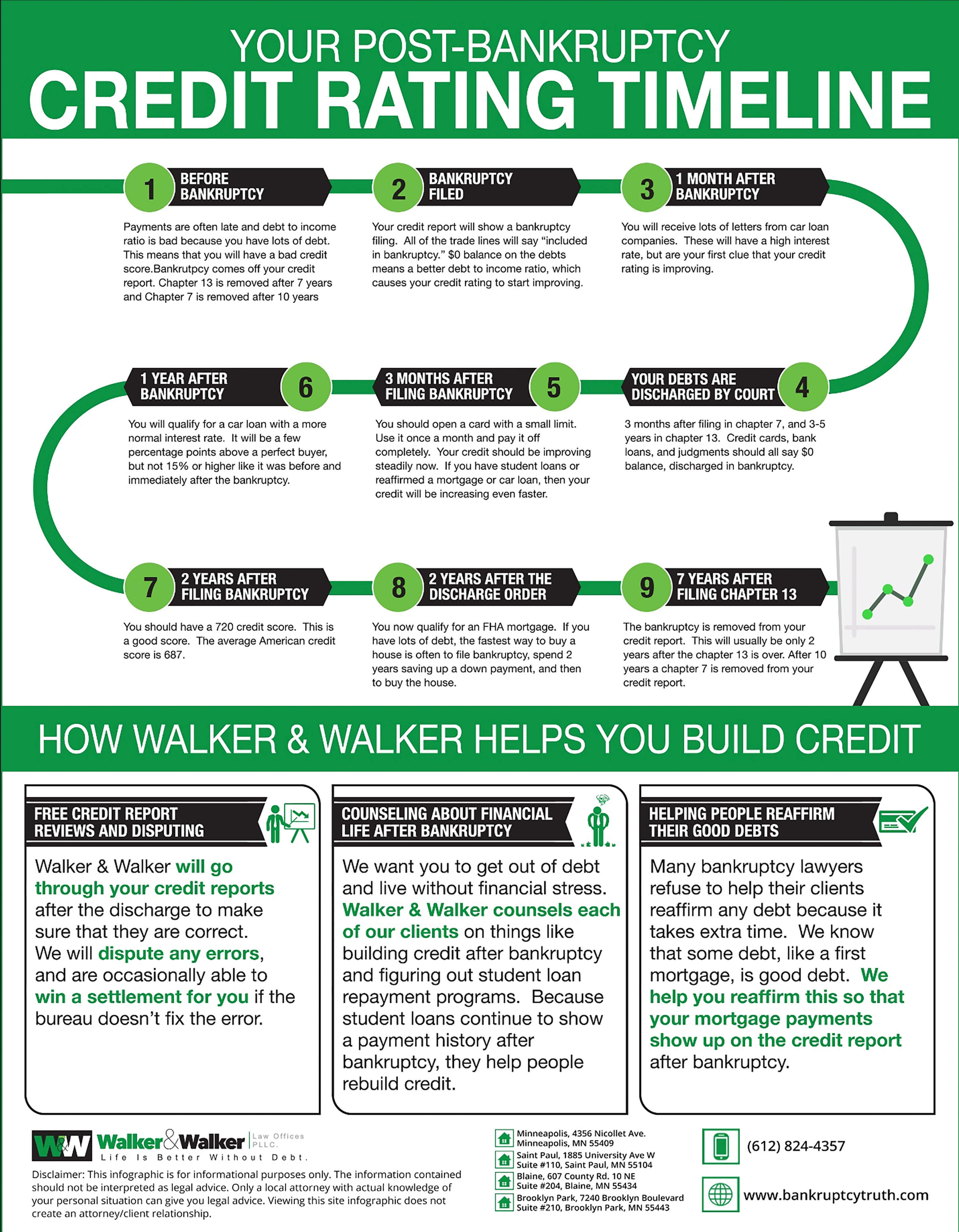
How to Improve Your Credit Score After Bankruptcy
Bankruptcy can have a significant impact on your credit score, making it difficult to secure loans or credit in the future. However, it’s important to remember that a bankruptcy doesn’t have to define your financial future. With the right strategies and a little patience, you can improve your credit score after bankruptcy and regain your financial stability. In this article, we will explore effective ways to rebuild your credit and boost your credit score, even after experiencing bankruptcy.
1. Create a Budget and Stick to It
One of the first steps towards improving your credit score after bankruptcy is to create a realistic budget. This will help you manage your finances more effectively and ensure that you can make timely payments towards your debts. Start by listing all of your monthly income and expenses, including any outstanding debts. Analyze your spending habits and identify areas where you can cut back and save money. By sticking to a budget, you’ll have a clear understanding of your financial situation and be better equipped to make smart financial decisions.
Additionally, it’s important to prioritize your debt payments within your budget. Make sure to allocate enough funds to cover the minimum payments on all your debts, including any post-bankruptcy obligations. Timely payments will demonstrate to lenders that you are responsible and committed to rebuilding your credit.
1.1 Tips for Creating an Effective Budget
Creating a budget can seem overwhelming, but with a few tips and tricks, you can set yourself up for success. Here are some helpful tips for creating an effective budget:
- Track your expenses: Keep a record of all your spending for at least a month. This will help you identify any unnecessary expenses.
- Set financial goals: Determine what you want to achieve financially and set specific goals to work towards.
- Automate bill payments: Consider setting up automatic payments for your bills to avoid late payments and potential penalties.
- Review and adjust regularly: Regularly review your budget to ensure it aligns with your financial goals and make adjustments as needed.
- Seek professional help if needed: If creating a budget feels overwhelming, don’t hesitate to seek guidance from a financial advisor or credit counselor.
2. Start Rebuilding Your Credit with Secured Credit Cards
After bankruptcy, it may be challenging to obtain traditional credit cards or loans. However, secured credit cards can be a valuable tool for rebuilding your credit. These cards require a cash deposit as collateral, which minimizes the risk for the lender. By using a secured credit card responsibly and making timely payments, you can demonstrate your creditworthiness and improve your credit score over time.
When choosing a secured credit card, make sure to select one that reports to the major credit bureaus. This will ensure that your positive payment history is reflected in your credit report.
2.1 Benefits of Secured Credit Cards
Secured credit cards offer several benefits, especially for individuals looking to rebuild their credit. Here are some advantages of using a secured credit card:
- Opportunity to rebuild credit: Secured credit cards provide a chance to demonstrate responsible credit behavior and improve your credit score.
- Easy approval process: Since these cards require a cash deposit as collateral, approval is often easier compared to traditional credit cards.
- Controlled spending: With a secured credit card, you can set your own credit limit based on the deposit you make, allowing for better control over your spending.
- Upgrade potential: Responsible use of a secured credit card can lead to opportunities for upgrading to an unsecured card in the future.
3. Monitor Your Credit Report and Dispute Inaccurate Information
Regularly monitoring your credit report is crucial for identifying any errors or inaccuracies that could be negatively impacting your credit score. After bankruptcy, it’s especially important to ensure that your credit report reflects the discharge of your debts and accurately represents your current financial situation.
If you come across any inaccurate information on your credit report, such as accounts that were discharged in bankruptcy still showing as active, you have the right to dispute these errors. Contact the credit reporting agencies and provide them with the necessary documentation to support your claim. Removing inaccuracies from your credit report can help improve your credit score.
3.1 How to Monitor Your Credit Report
There are several ways you can monitor your credit report to stay on top of any changes or inaccuracies. Here are a few methods:
- AnnualCreditReport.com: This website allows you to access your credit report from each of the three major credit bureaus once a year for free.
- Credit monitoring services: Consider signing up for a credit monitoring service that provides regular updates and alerts regarding changes to your credit report.
- Review credit card statements: Regularly review your credit card statements for any unauthorized charges, which could indicate fraud or identity theft.
4. Diversify Your Credit Mix
Having a diverse credit mix can positively impact your credit score. After bankruptcy, it’s important to start rebuilding your credit by diversifying the types of credit you use. This can include a combination of credit cards, installment loans, and other credit accounts.
By responsibly managing different types of credit and making timely payments, you can demonstrate your ability to handle various financial obligations. Lenders and credit scoring models often view this positively, which can improve your credit score over time.
4.1 Tips for Diversifying Your Credit Mix
If you’re looking to diversify your credit mix, here are a few tips to keep in mind:
- Apply for a small loan: Consider applying for a small personal loan from a reputable lender and make regular payments to demonstrate your ability to handle installment loans.
- Use different types of credit cards: If you already have a secured credit card, you can also apply for a retail store credit card or a gas card to diversify your credit mix.
- Keep credit card balances low: Aim to keep your credit card balances below 30% of your available credit limit to maintain a healthy credit utilization ratio.
Additional Strategies for Improving Your Credit Score
5. Pay Bills on Time
Consistently making timely payments is crucial for improving your credit score after bankruptcy. Late or missed payments can have a negative impact on your creditworthiness. Set up reminders or automatic payments to ensure you never miss a payment deadline.
6. Reduce Your Debt-to-Income Ratio
Reducing your debt-to-income ratio can also positively affect your credit score. Focus on paying down your debts and avoiding taking on new debt unnecessarily. This will demonstrate to lenders that you have a manageable level of debt compared to your income.
7. Seek Professional Guidance
If you’re feeling overwhelmed or unsure about the best strategies for improving your credit score after bankruptcy, don’t hesitate to seek professional guidance. Credit counselors or financial advisors can provide personalized advice and guidance tailored to your specific financial situation.
8. Stay Patient and Persistent
Rebuilding your credit score after bankruptcy takes time and patience. It’s important to stay persistent and consistent with your efforts. With responsible financial habits and a proactive approach, you can gradually improve your credit score and regain your financial stability.
Remember, bankruptcy is not the end of your financial journey. By implementing these strategies and maintaining a positive mindset, you can bounce back and improve your credit score after bankruptcy.
Key Takeaways: How to Improve Credit Score After Bankruptcies
- 1. Rebuild your credit with secured credit cards.
- 2. Make all payments on time to show responsible financial behavior.
- 3. Keep credit utilization low by not maxing out your credit cards.
- 4. Check your credit report regularly for errors and dispute them if necessary.
- 5. Be patient and consistent in your efforts to improve your credit score.
Frequently Asked Questions
1. Can I improve my credit score after bankruptcy?
Yes, you can definitely improve your credit score after bankruptcy. Although bankruptcy has a significant impact on your creditworthiness, it’s not the end of the road. There are steps you can take to rebuild your credit and improve your score over time.
Firstly, focus on making all your payments on time, as payment history is a crucial factor in determining your credit score. Consider setting up automatic payments or reminders to ensure you never miss a payment. Secondly, start by obtaining a secured credit card, which requires a cash deposit as collateral. Using this card responsibly and paying off the balance each month will gradually improve your credit score. Lastly, keep your credit utilization low by using only a small percentage of your available credit.
2. How long does bankruptcy affect your credit score?
The impact of bankruptcy on your credit score depends on the type of bankruptcy filed. Chapter 7 bankruptcy remains on your credit report for 10 years, while Chapter 13 bankruptcy is typically removed after 7 years. However, the negative effects of bankruptcy on your credit score lessen over time as long as you take steps to rebuild your credit.
By consistently demonstrating responsible financial behavior, such as making timely payments and using credit responsibly, you can start to see improvements in your credit score within a couple of years after bankruptcy. It’s important to be patient and diligent in your efforts to rebuild your credit.
3. Should I get a credit card after bankruptcy to improve my credit score?
Getting a credit card after bankruptcy can be a helpful tool in rebuilding your credit score, but it’s important to use it responsibly. One option is to apply for a secured credit card, which requires a cash deposit as collateral. This can help you establish a positive payment history and demonstrate responsible credit use.
When choosing a credit card, look for one with reasonable fees and interest rates, and make sure to pay off the balance in full each month to avoid accruing additional debt. It’s also important to keep your credit utilization low by using only a small percentage of your available credit. By using a credit card responsibly, you can gradually rebuild your credit score over time.
4. How can I monitor my credit score after bankruptcy?
Monitoring your credit score after bankruptcy is important to track your progress and ensure the accuracy of your credit report. There are several ways you can monitor your credit score. Firstly, you can request a free copy of your credit report from each of the three major credit bureaus (Equifax, Experian, and TransUnion) once a year through annualcreditreport.com.
In addition, there are numerous websites and credit monitoring services that provide free access to your credit score, allowing you to track any changes over time. Some credit card companies also offer free access to your credit score as a cardholder benefit. Regularly reviewing your credit report and score can help you stay on top of your financial health and identify any potential errors or issues.
5. Are there any alternatives to credit cards for rebuilding credit after bankruptcy?
While credit cards can be an effective tool for rebuilding credit after bankruptcy, there are alternatives available if you prefer not to use them. One option is to obtain a secured loan, where you borrow an amount of money and use a savings account or other asset as collateral.
Another alternative is to become an authorized user on someone else’s credit card. This allows you to benefit from their positive credit history and responsible credit use. However, it’s important to choose someone with good credit habits and make sure they are willing to add you as an authorized user. Whichever alternative you choose, make sure to use it responsibly and make all payments on time to improve your credit score.
How to increase your credit score OVER 700s after Bankruptcy | Rickita
Final Summary: How to Improve Your Credit Score After Bankruptcy
So, you’ve gone through bankruptcy and now you’re wondering how to get your credit score back on track. Well, fear not! There are several steps you can take to start rebuilding your credit and improving your financial standing.
First and foremost, it’s important to understand that rebuilding your credit will take time and patience. But don’t let that discourage you! With the right strategies and a commitment to financial responsibility, you can gradually see your credit score rise.
One of the first things you can do is to review your credit report and ensure that all the information is accurate. Look for any errors or discrepancies that may be negatively impacting your credit score and report them to the credit bureaus. Taking this step can help you remove any unfair or inaccurate information from your credit history.
Next, it’s crucial to establish a positive credit history by opening new, responsible lines of credit. Start by applying for a secured credit card, which requires a deposit that serves as your credit limit. Using this card responsibly and making timely payments will demonstrate to lenders that you are capable of managing credit responsibly.
In addition to obtaining a secured credit card, consider becoming an authorized user on someone else’s credit card. This allows you to piggyback off their positive credit history and can give your own credit score a much-needed boost.
Another important factor in rebuilding your credit score is making all of your payments on time. Late payments can have a significant negative impact on your credit, so be sure to pay your bills promptly and in full. Setting up automatic payments or reminders can help you stay on top of your financial obligations.
Lastly, it’s essential to carefully manage your credit utilization. Keep your credit card balances low and avoid maxing out your credit limits. This shows lenders that you can responsibly manage your available credit and can help improve your credit score over time.
Remember, improving your credit score after bankruptcy is a gradual process, but with dedication and smart financial choices, you can rebuild your credit and regain your financial freedom. So, stay committed, stay positive, and watch as your credit score begins to climb once again.

